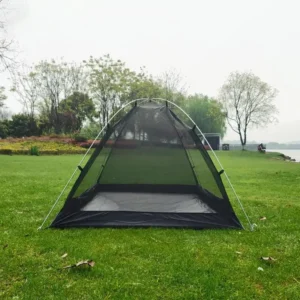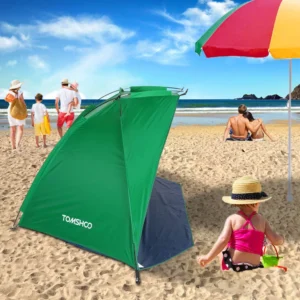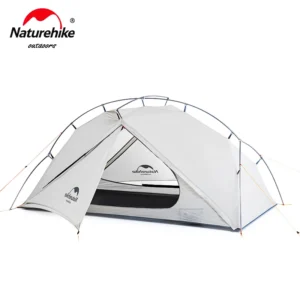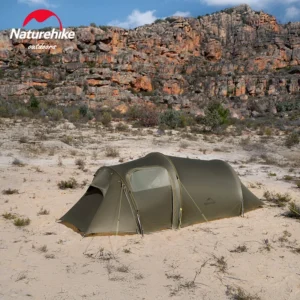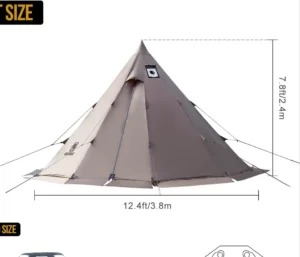Ultralight Dome Tent
Shed pack weight with an ultralight dome tent. Enjoy stable, weather-ready shelter that sets up fast, keeping you comfortable on backpacking trips without the bulk.
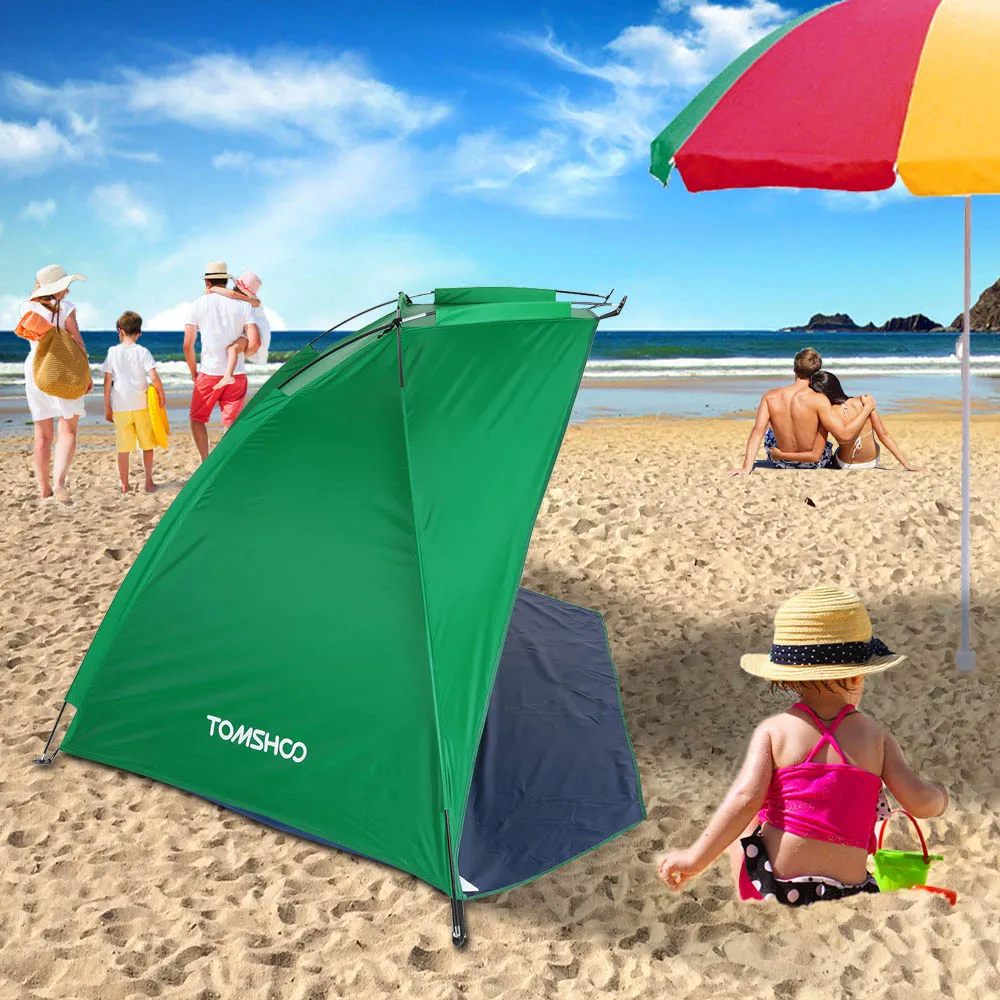
Showing all 5 results
Lightweight Pop Up Tent, Ultralight Backpacking Tent, Ultralight Dome Tent
Price range: $227.88 through $264.88 Select options This product has multiple variants. The options may be chosen on the product pageLightweight Pop Up Tent, Ultralight Dome Tent, Waterproof Pop Up Tent
Price range: $134.36 through $135.72 Select options This product has multiple variants. The options may be chosen on the product pageUltralight Backpacking Tent, Ultralight Dome Tent, Winter Camping Tent
Price range: $369.63 through $370.07 Select options This product has multiple variants. The options may be chosen on the product pageUltralight Backpacking Tent, Ultralight Dome Tent, Winter Camping Tent
Price range: $399.60 through $564.43 Select options This product has multiple variants. The options may be chosen on the product pageDome Camping Tent, Ultralight Dome Tent, Winter Camping Tent
$599.90 Select options This product has multiple variants. The options may be chosen on the product page
Showing all 5 results
What are Ultralight Dome Tents?
Ultralight dome tents represent the pinnacle of lightweight shelter engineering, typically weighing between 1-3 pounds (0.45-1.36 kg). These specialized shelters feature a distinctive dome-shaped architecture created by intersecting poles that provide an optimal balance of structural integrity and interior space. To qualify as “ultralight,” these tents must fall within the sub-3 pound range for 1-2 person models—a benchmark that distinguishes them from standard backpacking tents that often weigh twice as much.
What sets these shelters apart is their freestanding or semi-freestanding design, allowing them to stand without stakes on most surfaces. They achieve their remarkable weight efficiency through minimal pole structures, precisely engineered fabrics, and thoughtful design that eliminates unnecessary features. Unlike tunnel tents which require perfect staking for stability or pyramid shelters that sacrifice headroom for weight savings, ultralight dome tents offer a balanced compromise that maintains livability.
In the outdoor equipment market, these shelters position themselves as premium solutions for weight-conscious backpackers who refuse to sacrifice protection or comfort during their adventures. At Explore Elements, we recognize them as essential tools for those seeking to maximize both performance and enjoyment in the backcountry.
Why Choose an Ultralight Dome Tent for Your Next Adventure?
The primary advantage of an ultralight dome tent is the significant weight reduction it offers without compromising essential protection. When every ounce matters during long treks, carrying 1-2 pounds less on your back translates to noticeably improved comfort and reduced fatigue. This efficiency doesn’t come at the cost of security—the dome architecture provides superior wind stability by distributing force evenly across the structure.
These tents excel in scenarios that demand both weight efficiency and reliable shelter: long-distance thru-hiking where cumulative weight impact is substantial, alpine expeditions where weather can change rapidly, or ultralight backpacking adventures where maximizing mobility enhances the experience. The dome design creates an optimal headroom-to-weight ratio, allowing you to sit upright comfortably while keeping packed weight minimal.
Where traditional 2-person backpacking tents typically weigh 4-6 pounds (1.8-2.7 kg), ultralight dome models cut this nearly in half. This weight savings doesn’t just benefit your shoulders—it reflects a design philosophy that balances minimalism with necessary comfort, creating shelters that feel spacious while remaining extraordinarily packable.
The versatility of these tents also stands out across varied terrain types. Their freestanding design allows secure placement on rocky ground, platforms, or soft soil without complex adjustments, making them adaptable companions for diverse adventures.
Key Features to Look for in Premium Ultralight Dome Tents
When evaluating ultralight dome tents, several critical features distinguish exceptional models from merely adequate ones:
The pole structure forms the tent’s foundation, with premium options featuring DAC Featherlight aluminum or carbon fiber poles that maximize strength while minimizing weight. Hub designs where poles intersect enhance stability without adding significant weight, creating more livable interior space.
Fabric technology has revolutionized ultralight tent design. Look for:
– Silnylon (silicone-impregnated nylon): Excellent waterproofing with good stretch properties
– Silpoly (silicone-impregnated polyester): Superior UV resistance and minimal sagging when wet
– Dyneema Composite Fabric: Exceptionally lightweight with unmatched strength-to-weight ratio, though at premium cost
Weather protection elements should include full-coverage rainflies reaching close to the ground, reinforced guy points that won’t tear in high winds, and properly sized vestibules for gear storage. Quality models feature waterproof ratings of at least 1,200mm hydrostatic head for flysheets and 2,000mm for floors.
Ventilation systems prevent condensation through strategic mesh panels and adjustable vents positioned to create airflow patterns. This detail often separates good designs from great ones, particularly in humid or cold conditions.
Interior livability features like optimized floor dimensions, near-vertical sidewalls, and thoughtful storage solutions ensure comfort despite the compact packed size. The best designs maintain usable space while eliminating every unnecessary gram.
Weight and Packability: Understanding the Numbers
When comparing ultralight dome tents, you’ll encounter several different weight specifications:
- Minimum weight: Just the tent body, rainfly, and poles (typically 1-2.5 lbs/0.45-1.13 kg)
- Packaged weight: Everything included in the box, including stakes, stuff sacks, and repair materials (typically 1.5-3 lbs/0.68-1.36 kg)
- Trail weight: A practical middle ground including essential components for typical use
Packed size matters almost as much as weight. Premium ultralight 2 person tents compress remarkably small, often to the size of a large water bottle, through specialized compression sacks and carefully designed components.
The true value metric in this category is the weight-to-space ratio—how much usable interior volume you get per ounce carried. This balance determines whether a tent feels cramped or comfortable during extended use, affecting your overall wilderness experience.
Weather Resilience: How Ultralight Dome Tents Handle the Elements
The dome architecture inherently excels at handling adverse weather conditions. Its self-supporting shape allows wind to flow over and around rather than catching it like a sail, while the structural integrity prevents collapse under snow loading. This design provides stability in harsh conditions without requiring excessive materials.
Premium models feature waterproofing technologies with hydrostatic head ratings typically ranging from 1,200-3,000mm for rainflies and up to 5,000mm for floors. These ratings indicate the water pressure the fabric can withstand before leaking—higher numbers translate to better protection during sustained downpours.
Most ultralight dome tents fall into the 3-season or extended 3-season categories, suitable for spring through fall conditions including moderate precipitation and wind. Some reinforced models approach 4-season capability for light winter use.
Proper ventilation design prevents the common problem of internal condensation, which can make even a waterproof backpacking tent feel damp inside. Look for models with adjustable vents positioned to create airflow patterns that minimize moisture buildup without creating uncomfortable drafts.
Livability Factors: Space, Comfort, and Convenience
Floor dimensions in ultralight dome tents typically range from 27-30 square feet (2.5-2.8 square meters) for two-person models. More important than raw numbers is the floor geometry—tapered designs save weight but can restrict foot space, while rectangular floors maximize usable area.
Peak height, typically 38-42 inches (96-107 cm), determines whether you can sit upright comfortably. The best designs maintain this height across a broader area through steeper sidewalls, creating a more livable space without weight penalties.
Vestibule design significantly impacts livability, providing protected space for gear storage, cooking during inclement weather, or simply removing muddy boots. Premium models offer vestibule space of 8-12 square feet (0.74-1.11 square meters) without substantial weight increases.
Interior organization through strategically placed pockets, hooks, and gear lofts allows efficient use of limited space, keeping essential items accessible without cluttering the floor area—a small detail with outsized impact on comfort during extended stays.
Materials and Durability: What Sets Premium Models Apart
The fabrics used in ultralight dome tents represent a careful balance between weight savings and durability. Premium models typically feature:
- Body fabrics: 10-20 denier nylon or polyester with specialized weaves for strength
- Floor materials: 15-30 denier with higher waterproof ratings and reinforced construction
- Rainfly fabrics: Silicone-impregnated materials with excellent tear strength and water repellency
Pole materials in high-end models include aerospace-grade aluminum alloys or carbon fiber composites, offering superior strength-to-weight ratios compared to fiberglass or standard aluminum found in budget options.
Reinforcement features at high-stress points—pole insertions, guy-out points, and stake loops—prevent common failure points under tension or in high winds. Look for bartacked stitching, webbing reinforcements, and strategic seam placement that distributes stress effectively.
With proper care, including thorough drying before storage and protection from extended UV exposure, premium ultralight dome tents can provide 5-7 years of reliable service even with regular use.
Frequently Asked Questions About Ultralight Dome Tents
Are ultralight dome tents worth the premium price?
For those covering significant distances or prioritizing pack weight, absolutely. The reduced fatigue, improved mobility, and minimal sacrifices in comfort justify the investment for serious backpackers.
How do they compare to ultralight trekking pole tents?
Trekking pole tents can be lighter but require trekking poles (which you may already carry) and more precise setup. Dome tents offer simpler setup, freestanding convenience, and often better stability in varied conditions.
Can ultralight dome tents handle harsh weather conditions?
Quality models with proper setup can handle surprisingly challenging conditions. Their aerodynamic shape handles wind effectively, though extreme winter conditions generally require specialized 4-season designs.
Do I need a footprint with an ultralight dome tent?
While not always necessary, a footprint extends floor life by protecting against abrasion. Some ultralight enthusiasts use lightweight alternatives like Tyvek or polycro plastic instead of manufacturer footprints to save weight.
How do I clean and maintain my ultralight dome tent?
Spot clean with mild soap and water, never machine wash, and always ensure complete drying before storage. Store loosely in a cool, dry place rather than compressed in a stuff sack for extended periods.

